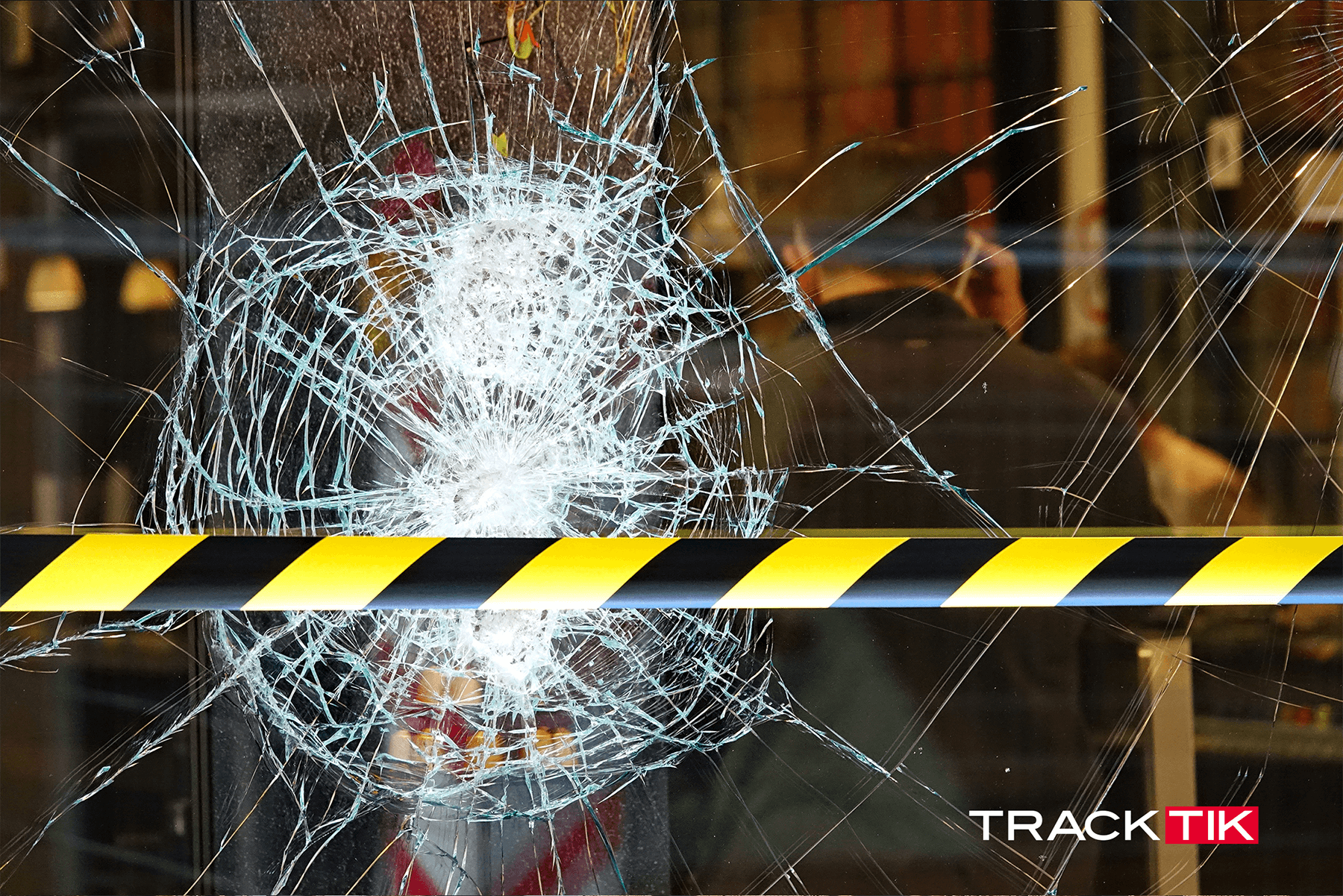But the rising tide of theft has become more bold and violent in recent months, often taking place in crowded stores in broad daylight by mobs or gangs of thieves. These incidents are forcing an industry already plagued with pandemic lockdowns and disputes over mask requirements to deal with yet another problem.
Rising Statistics
A report released by the Retail Industry Leaders Association and the Buy Safe America Coalition, The Impact of Organized Retail Crime and Product Theft in the United States, provides insights into the actual economic impact of retail crime. The report also discusses the role of organized theft rings that steal merchandise in large quantities to fence on online marketplaces like Amazon and Facebook.
According to the study, which relied on data provided by some of the largest retailers in the U.S:
- As much as $68.9 billion worth of products were stolen from retailers in 2019 (pre-COVID).
- Retail crime results in $125.7 billion in lost economic activity and 658,375 fewer jobs, paying almost $39.3 billion in wages and benefits to workers.
- Retail theft costs federal and state governments nearly $15 billion in personal and business tax revenues, not including the lost sales taxes.
San Francisco, Los Angeles Hit Hard by Smash-and-Grab Theft
Off-duty police officers have been moonlighting as private retail security for years. Still, the city of San Francisco has recently approved a plan to allow off-duty sheriff deputies to be hired as private retail security officers to help deal with the spate of smash-and-grab robberies that have hit the Golden City.
According to one California-based private security firm, Omni Private Security Services, demand skyrockets in major cities like San Francisco and Los Angeles. They are having trouble keeping up with the demand as retailers deal with an onslaught of smash-and-grab robberies.
In late November of this year, a security officer was shot as he protected a San Francisco Bay Area news crew covering a recent robbery where thieves broke into a clothing store in yet another smash-and-grab theft in the city. In recent months, robberies in the area have become more brazen and violent. According to the California Retailers Association president, Rachel Michelin, “This level of violence has taken it to a whole new level. No one has seen this before.”
In November, over $1 billion worth of goods were stolen from Bay Area stores in smash-and-grab robberies. In Union Square, luxury retailers like Louis Vuitton, Nordstrom, Burberry, Bloomingdales, Walgreens, and Lululemon – all victims of recent smash-and-grab robberies – have boarded up windows to prevent further incidents.
As shoppers filled Union Square on Black Friday, heavy police and private security presence were visible outside the boarded-up stores. At the Nordstroms in Walnut Creek, 80 people raided the store and stole merchandise in under one minute, and three employees were kicked, punched, or pepper-sprayed during the incident. At a press conference, Chief Bill Scoot of the SFPD said, “We will flood this area with police officers for the foreseeable future. We will do what we need to do to put an end to this madness.”
In San Francisco’s famous Chinatown, one small independent retailer had $250,000 worth of jewelry stolen in another smash-and-grab incident. With insurance unwilling to cover the loss, it’s unclear whether or not the store can remain open.
Similar incidents have been reported in the city of Los Angeles. Eight thieves ransacked a Home Depot and grabbed hammers, crowbars, and sledgehammers before fleeing. Bottega Veneta, which sells high-end clothing, was also targeted by thieves. More than $338,000 in goods were stolen in 11 incidents in stores and malls over the Black Friday weekend, causing an additional $40,000 in property damage.
The thefts, or “flash robs,” are thought to be part of sophisticated criminal networks that recruit people to steal merchandise and sell it online. Walgreens plans to close five San Francisco stores due to organized retail theft, having already shuttered ten stores in the city.
Chicago Neighborhood Residents Take Security into Their Own Hands
In the Chicago neighborhood of Bucktown, a group of private armed security guards is set to begin patrolling in an attempt to deal with a rise in carjackings and crime this year. Last month, alone, over 20 armed robberies occurred in the neighborhood.
In Oakbrook, a Nordstrom was the target of two smash-and-grab burglaries on the same day, while a nearby Louis Vuitton shop by targetted by 14 thieves who stole $120,000 of merchandise. Thieves pulled out garbage bags from their coats and filled them up upon entering the store. Similar robberies have occurred throughout the city at high-end car dealerships and along Chicago’s famous, magnificent mile.
10 Quick Tips for Making Smash-and-Grab Robberies More Difficult
- Hire a security firm to dispatch officers during high-traffic times. The physical presence of a security officer often acts as a deterrent to would-be thieves. Most security firms rely on a security workforce management solution to dispatch officers and communicate with them at all times during a shift.
- Equip your officers with state-of-the-art tools and technology to ensure your officers’ safety, like real-time incident reporting and video recording, GPS tracking, checkpoint notifications, and a panic button.
- Use an access control system or door buzzer so you can control access to the store, or make sure an alarm sounds when someone enters or exits the store.
- Install a video surveillance system with hidden and visible cameras around the premises. Place signage in windows announcing that you have a 24-hour surveillance system in place with footage monitored at all times.
- Work with your security firm to analyze data from the security workforce management solution to spot trends, or any areas in or around the store that might provide an easier target for thieves.
- Make sure multiple employees are moving around the store at all times. Position an ambassador at the front of the store to greet customers as they enter and immediately offer customer service. The extra attention could be a deterrent to a would-be criminal.
- Spread high-value merchandise in showcases throughout the store instead of displaying these items together in one area.
- Consider using burglary-resistant glass for your showcase. While it isn’t a foolproof solution, the glass will potentially slow down would-be robbers who want to be in and out of the store as quickly as possible.
- Don’t put all the high-value items in one area of the store or showroom. Spread it throughout the store to make it difficult to “grab” all at once.
- Less is more. Don’t overcrowd your window display or storefront with merchandise. Make sure employees can see people acting suspiciously outside the store and that passersby can see inside in the event of a robbery.
Retail theft is nothing new, but the population is growing weary in a country fed up with a seemingly endless pandemic, lockdowns, mask mandates, and supply chain issues. Like frontline workers in the healthcare industry, security officers are also under enormous pressure to protect the communities, people, and properties they serve. Over the next few weeks, please show your appreciation for the incredible job they have done over the past 21 months to keep us all safe. Say Hello, or Thanks, or even Happy Holidays.
About TrackTik
TrackTik was founded in 2013 and quickly established itself as a market leader with the mission to build better software so its clients can run smarter businesses. TrackTik’s cloud-based technology enables security organizations to connect frontline staff, back office management, and their clients to drive improved operational efficiency and data insights. TrackTik helps security professionals make automated, data-driven decisions with its seamless approach to system connectivity. Headquartered in Montreal, Canada, with offices in the United Kingdom and the Netherlands, TrackTik offers four integrated suites of tools – Security Operations for Guarding, Back Office Management, Mobile Patrol and Dispatch, and Business Intelligence & Reporting Analytics, to help security service companies follow the progression of guards, reduce manual tasks, lower costs, and demonstrate value.


